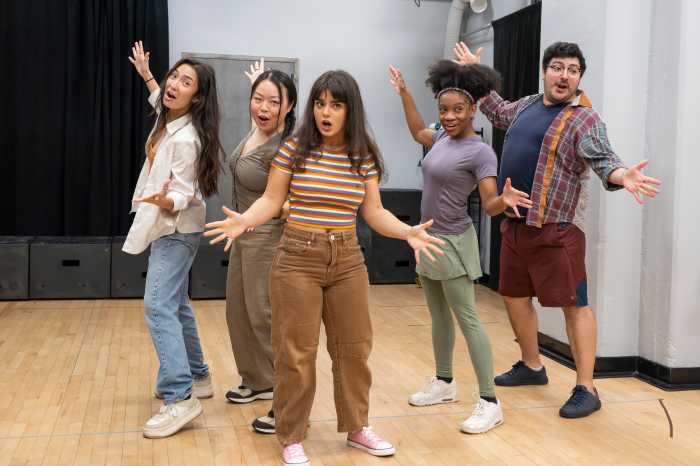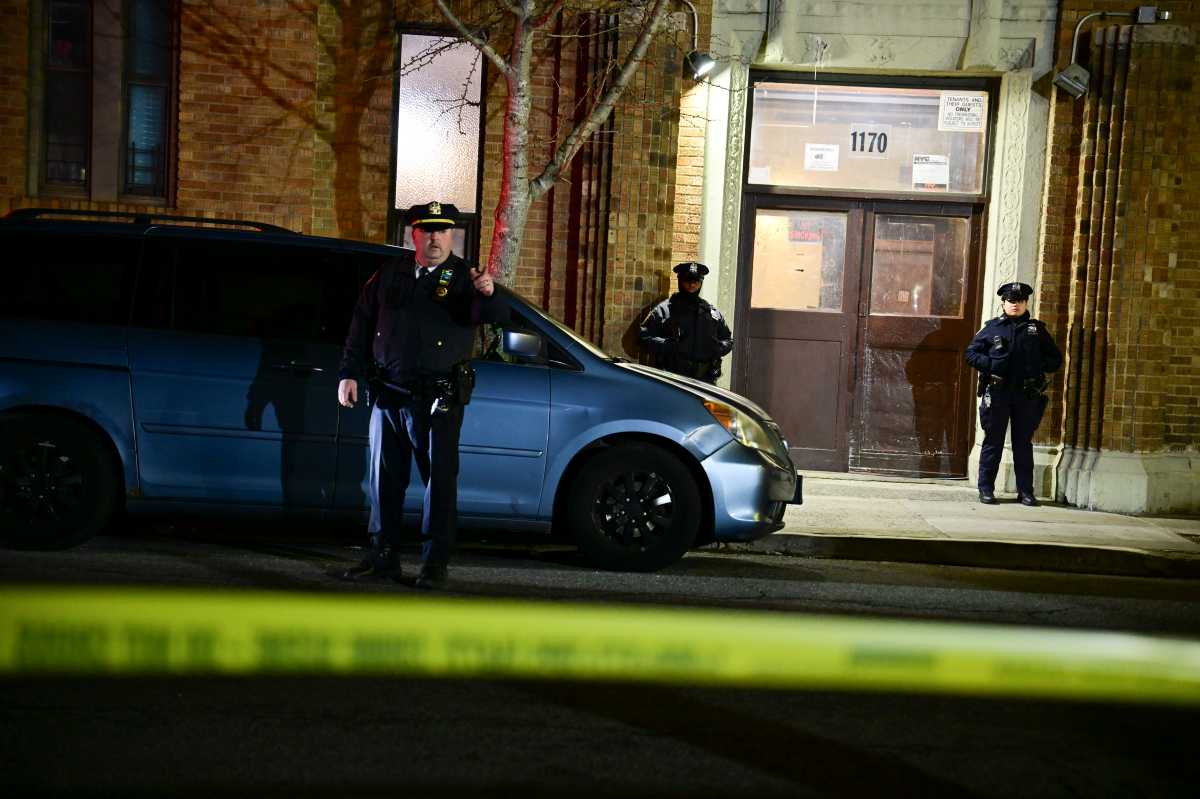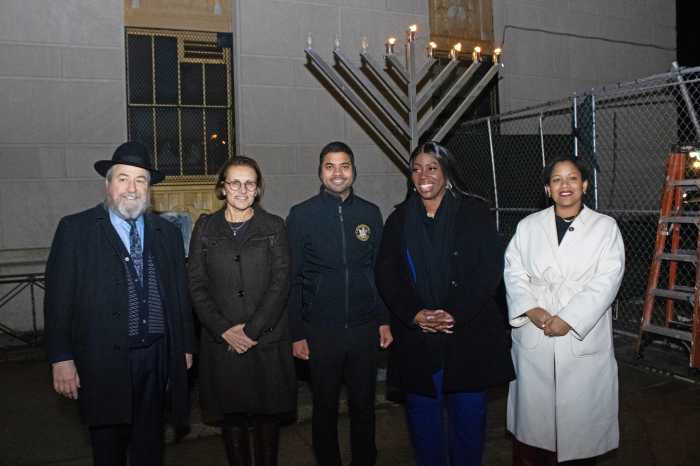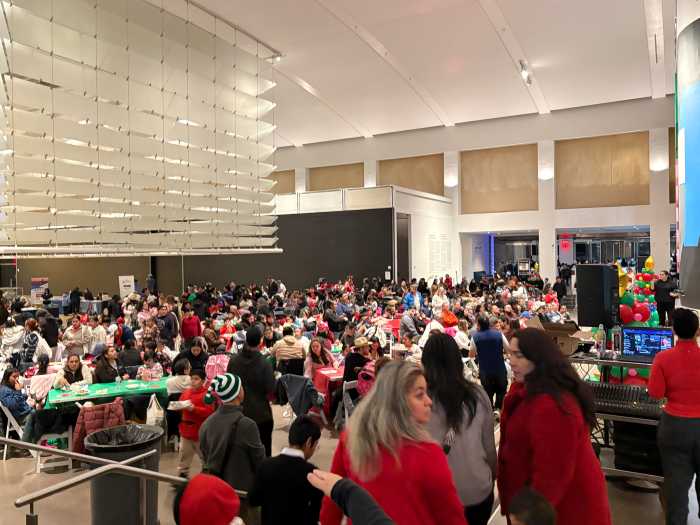By Scott Stiffler
Books about, or set in, your patch of Gotham
Automats, Taxi Dancers and Vaudeville: Excavating Manhattan’s Lost Places of Leisure
David Freeland (New York University Press)
From the melancholy giveaway phrase in the title (“Lost Places”), you might expect David Freeland’s excavation of NYC’s bygone hotspots to be steeped in sepia-toned regret for an era of simpler pleasures. Only a reader made of stone will be able to resist the occasional longing for what used to be; but overall, Freeland’s headfirst dive into the past makes the experience seem utterly contemporary, vital and alive. He brings a scholar’s knowledge and a native New Yorker’s passion to the table. The result? Readers will come as close as one can to experiencing what it was like to be there in the heyday of The Atlantic Garden, The 1893 Chinatown Theater, Tin Pan Alley, Horn & Hardart’s (the original NY Automat), and The Orpheum Dance Palace. It’s proof positive that in a culture saturated by images, words still reign supreme when it comes to transporting us back to a specific place in time.
Photo by Andreas Feininger
133rd Street nightclub, circa 1940 (courtesy of The New York Historical Society)
Speed Shrinking
Susan Shaprio (St. Martin’s Press)
A follow-up to her 2005 memoir “Lighting Up” (which chronicled addiction to smoking, drinking and drugs), “Speed Shrinking” is longtime Village resident Susan Shaprio’s debut novel. Set in Greenwich Village, it chronicles the emotional meltdown and the long trek back to relative sanity experienced by Julia Goodman. When her shrink and her best friend both ditch NYC at the same time she’s set to plug her new self-help book on beating sugar addiction, Goodman succumbs to a cupcake binge; then goes on a desperate “speed dating”-like search for a new shrink. For our July 29, 2009 profile on the author, visit www.thevillager.com and do a search for “Speed Shrinking.”
Governors Island: The Jewel of New York Harbor
Ann L. Buttenwieser (Syracuse University Press)
Urban and waterfront planner Ann Buttenwieser’s new book merges a tecchie’s geekish attention to detail with a historian’s sense of time and place. From that unlikely equation comes an utterly satisfying examination of the fascinating past, present and future of Governors Island — that unassuming patch of land nestled in the waters between Manhattan and Brooklyn which still, for some reason, remains firmly off the radar of many NYC residents. The book’s impressive, exclusive collection of maps, photographs and first-person accounts from the early 18 century to good old 2009 would be the perfect companion for one fine field trip before the island before closes for the season on October 11.
Book cover image courtesy of Syracuse University Press
Map: Currier & Ives ca. 1877; Book Cover design by Michael J. Walsh
Store Front: The Disappearing Face of New York
James T. & Karla L. Murray (Gingko Press)
Certain blocks in neighborhoods all over the city have NY looking less like Gotham and more like a ghost town. Authors James and Karla Murray have heard that song before. Their book connects the shuttering of street level businesses with a greater loss of self and soul — while celebrating how neighborhood stores of the past and present have set the pulse, life, and texture of their communities. From the exploration of blocks that haven’t changed in a century to the documentation of disappearing signage, architectural adornments, and window displays, the authors consistently demonstrate a love for the city that’s stronger than mere brick and mortar.
Honest Sid: Memoir of a Gambling Man
Ronald Probstein (iUniverse Books)
Honored scientist Ronald Probstein grew up in a Times Square hotel room, occasionally hobnobbing with Depression-era gamblers, gangsters, boxers and bookies. Later, while working on his doctorate at Princeton, he rubbed elbows with Albert Einstein and John Nash. The inspiration for that impressive journey? His dad, “Honest Sid” — a former professional baseball player and quintessential American optimist turned professional gambler and down on his luck dreamer whose love of the easy dollar was eclipsed only by the investment he made in his son. Probstein’s recollections of Sid shows how a kid can go from a world of horse parlors and transient hotels to a lifetime of academic achievement and scientific excellence.
Historic Photos of the Brooklyn Bridge
Turner Publishing
In an August 26, 2009 Villager article (available online at www.thevillager.com), Jerry Tallmer noted the one glaring omission in “Historic Photos of the Brooklyn Bridge” was “any photography credits whatsoever (except one passing reference to Lewis Hine). This is the real crime in a book like this.” Good to note, then, that Tallmer’s comment was balanced by praise for the crisp renderings of “photos, drawings, engravings; the great bridge itself, in every phase of construction including a cover illustration from Frank Leslie’s Illustrated Newspaper of five workmen with painting gear in hand, clinging like flies to a spider’s web of cables high, high over the East River.”
A Guide to Gangsters, Murderers and Weirdos of New York City’s Lower East Side
Eric Ferrara (The History Press)
Fourth generation Lower East Sider Eric Ferrara (founder of the East Village History Project and East Village tours) knows his way around the neighborhood’s lurid past. His exploration of the “soul and spirit of the slum” gives readers a street by street, section by section dissection of “what was once one of the most murderous neighborhoods in the United States.” Ferrara skillfully documents an era when the neighborhood was a brutal, bloody battleground where “the rules of property and propriety” no longer applied. Despite the violent subject matter, you’ll likely emerge with an appreciation for its vicious bygone residents — and an equal amount of gratitude that you got to know them from a safe distance.
Book cover image courtesy of The History Press
Author Ferrara explores the “soul and spirit of the slum”
I Speak of the City: Poems of New York
Stephen Wolf (Columbia University Press)
In 1977, Chicago native Stephen Wolf moved to the Lower East Side — blocks from where his grandparents once lived. After decades in the city, he’d become editor of the most extensive collection of poems ever assembled about New York. Taking readers on a chronological journey from 1569’s “The Complaint of New Amsterdam to its Mother” all the way to works written in the aftermath of 9/11 (“Lured Beneath Your Golden, Calling Lights”), this meticulously curated anthology captures NYC’s notable and forgotten moments of transformation, gentrification, triumph and disaster. Each selection is prefaced by brief, insightful Wolf-penned introductions which provide a window into the minds of poets who’ve been “inspired by the marvels and madness, humor and heartbreak of an enduring city.”
The ORACLE of Stone Street
Thomas Quealy (iUniverse)
Thomas Quealy’s sad, surreal, ultimately uplifting comic novel gives the LES and the Village a run for their money when it comes to neighborhood crazies and strange occurrences. The titular character (ORACLE: a mind-reading, Bud Light-drinking feline) is the tip of the iceberg. Also along for the ride are an iguana, a squirrel and a dog — all of whom play a role in helping those who frequent Ulysses (a Wall Street bar whose denizens are in free fall along with the stock market). Not enough eccentrics for you? There’s also the matter of a lovelorn witch, a kickboxer turned attorney, a security broker who longs to dance and a Su doku-obsessed busboy.
Losers Live Longer
Russell Atwood (Hard Case Crime books)
Longtime East Village resident and author Russell Atwood’s follow-up to his cult fave “East of A” (as in Avenue A) once again charts the twisted adventures of detective Payton Sherwood — who prowls the still-mean streets of the East Village in his quest to solve the murder of legendary private eye George Rowell. This time around, Sherwood navigates Avenues C and D and elsewhere. Along the way, a runaway investment scam artist, a drug-addled reality TV star and a bewitching beauty ensure our man Sherwood once again finds himself knee-deep in a pig pile of murder, lust and greed.
Crossing Washington Square
Joann Rendell (New American Library)
Joann Rendell’s second novel returns to the location of her first: Manhattan University. This time around, two women “are compelled to unite their sense and sensibilities.” That book jacket quote, and the author’s invocation of a Jane Austen passage just prior to the first chapter, hints at the sly bending of Austen-era stories of star-crossed love, manners, ambition and tragedy. Will Sylvia Plath scholar Professor Diana Monroe or young upstart Prof Rachel Grey win the heart of the Carson McEvoy (the brash, brilliant visiting Harvard professor)? An unexpected trip with some undergrads to London and a life-threatening experience forces the two rivals to change their hearts and minds.
On the Wall: Four Decades of Community Murals in NYC
Janet Braun-Reinitz and Jane Weissman (University Press of Mississippi)
This insanely comprehensive, lovingly researched, beautifully rendered work deserves a space on your coffee table this fall; and a permanent place of honor on your bookshelf. It’s packed with dozens of color photographs showing murals all over the city in their brilliant prime — and loaded with scholarly, passionate insights which chart the mural’s role as a source of community pride, politics, activism and art. We could gush all day about “On the Wall” — but then there would be nothing left for next week’s feature on the murals, the book, and its authors.
American Chinatown: A People’s History of Five Neighborhoods
Bonnie Tsui (Simon & Schuster)
Travel writer Tsui’s new book reveals America’s most famous Chinatowns (San Francisco, New York, Los Angeles, Honolulu and Las Vegas) and provides an evocative impression of the lives of those living within these well-known but largely undiscovered cities-within-cities. Join Tsui for a look at the vibrant microcosm of this uniquely American phenomenon when she appears at Bluestockings Bookstore (172 Allen Street) at 7:00 p.m. on Tuesday, September 15. Free admission (donations accepted).
The Lower East Side Remembered & Revisited: History and Guide to a Legendary New York Neighborhood
Joyce Mendelsohn (Columbia University Press)
This updated, expanded edition of the classic 2001 walking tour guidebook chronicles the waves of immigration to the Lower East Side — focusing on the enduring impact of a Jewish presence upon the LES. It also, in Mendelsohn’s own words, “examines the dynamics of the neighborhood as it reinvents itself and becomes a place of stark contrasts between locals and newcomers, existing low-scale buildings and newer towers.” What toll have the luxury condos, expensive hotels and youth culture taken? Hear it fromNew York, New York: Read all about it
Books about, or set in, your patch of Gotham the author herself: 6:30pm, September 23, at Angel Orensanz Foundation for the Arts (172 Norfolk Street in New York City).





































